How do Plant Absorb Water?
As we all know that water is very essential elements for the plants because it acts as an essential raw material for the photosynthesis of plants for their growth and survival of plants need water to carry out many life processes, physiological processes such as photosynthesis, transpiration, transport etc. The main base for the transport mechanism within plant body is dependent on the water as all the absorbed minerals and the food that produced in the leaves are transported by the xylem and phloem vessels where they use water as media. Water enters the plants by the root and in some aquatic plants throughout their body surface. Roots need to absorb nitrate nitrite and different salts that are essential for plants but they cannot take by the other part of them, so water act as a solvent where the minerals and ions dissolved and absorb together by the roots.
Absorption of water by roots- water source of the soil are the supplier of water to the plants for photosynthesis water enters plant cells from the soil through the roots as the water molecules from the source towards the root came by the process of diffusion and then it enters the root by the semi permeable epiblema by the process called osmosis. Route is the outermost single layer of cells that called epidermis and some cells of each extend into several thread like structures called root hairs, the root hairs are unicellular which have a covering of plasma membrane that is semi permeable in nature and is called epiblema. The semipermeable membrane of root allow selective substances to pass through the tiny pores that present all over the plasma membrane and allow water to pass through it by the movement of water from the soil to the root hairs occurs by a process called osmosis.
When water
enters a root hair which is a unicellular part of the plant root, the
concentration of water molecules inside this becomes higher as compared to the
adjacent cells of the root cortex such as the cells line towards the inner side
of the epidermis these difference in concentration of water that helps it to
move from the root hair into the cortical cells by osmosis.Thus movement of
water creates a pressure in the roots which pushes water towards the xylem
vessels this pressure is called root pressure, from xylem water is being
transported upwards to the stem branches and leaves.
The movement of water through the way by the xylem vessels creates pressure in the roots which pushes water into the xylem vessels this pressure is known as root pressure as from xylem water is being transported upwards to the same branches and leaves of the plants.
Question and Answer:
What do you mean by osmosis?
Osmosis is process by which selected particles are transferred from the higher to lower concentration through a semipermeable membrane. Examples- of semipermeable membrane are – cell membrane, covering of root hair cell.
From How do Plant Absorb Water? to HOME PAGE
Recent Articles
-
What Is Plasma? | Blood Plasma | Proteins | Nutrients | Cholesterol
Nov 07, 25 10:29 AM
Blood is a mobile fluid which is a connective tissue and is derived from the mesoderm like cell any other connective tissue. Colour of blood is reddish and that flows inside the blood vessels by means… -
Disorders of Respiratory System | Tuberculosis | Pleurisy | Emphysema
Oct 28, 25 11:39 PM
Tuberculosis is very common disease and is caused by a type of bacteria called Mycobacterium tuberculosis. This disease causes different trouble in the respiration and infection of several parts of th… -
Regulation of Respiration | Respiratory Centres | Inspiratory Area |
Oct 14, 25 12:13 AM
Respiratory Centre is the area that controls the rate of respiration and it is observed to be located in medulla oblongata and pons. Respiratory Centre has the following will dispersed components like… -
Explain Transport of Gases | External Respiration | Tissue Respiration
Oct 09, 25 11:35 PM
In humans gaseous exchange is completed in the following ways the steps are - External Respiration or Breathing - Breathing in false taking in of Oxygen and giving out of carbon dioxide in the body. M… -
Kind and Number of Teeth | Location of Teeth in Mouth | Care of Teeth
Sep 11, 25 12:52 AM
Kind and Number of Teeth
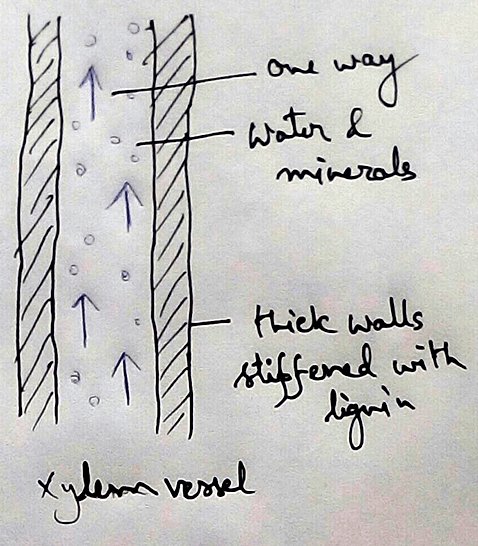
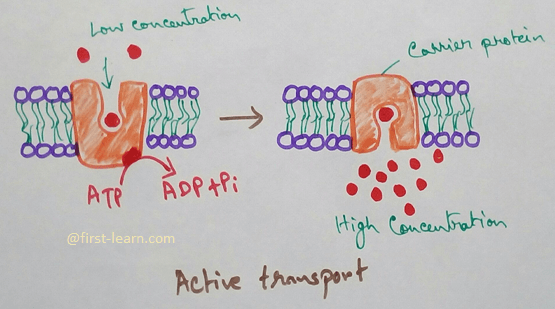
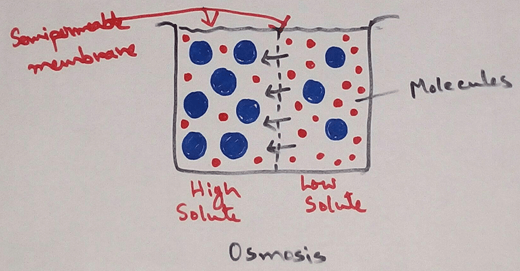
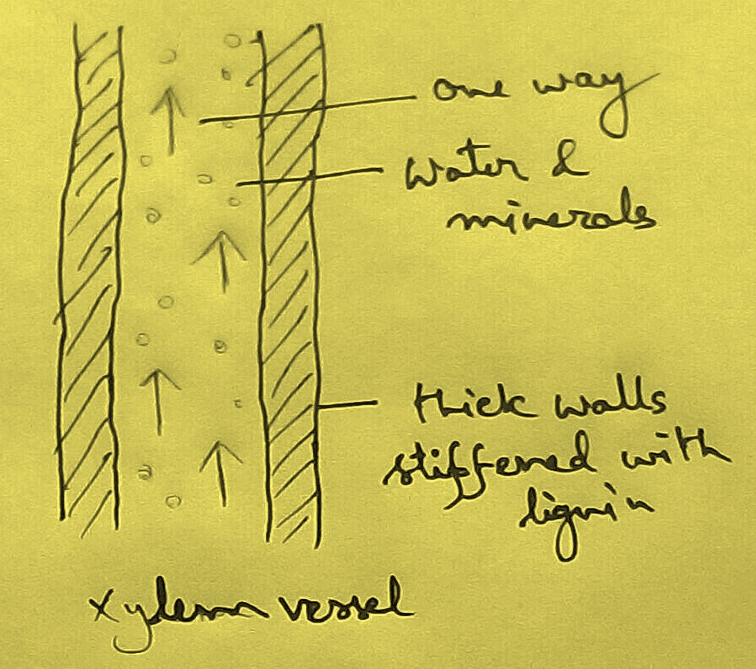
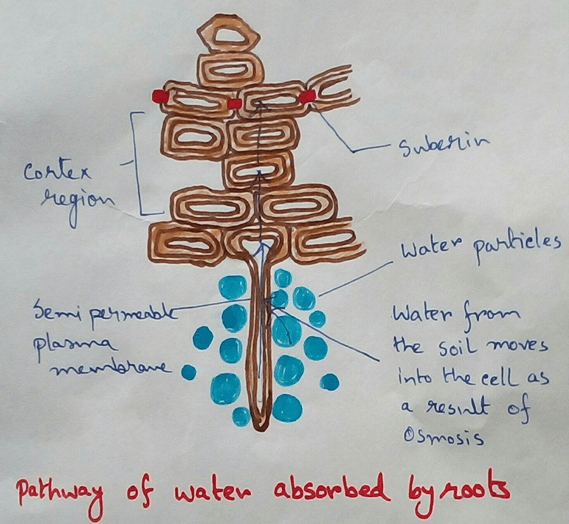

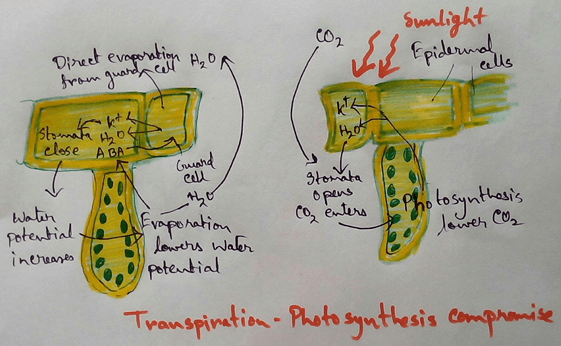
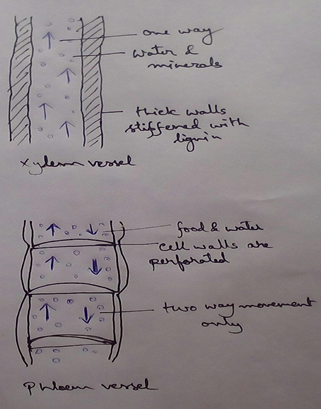

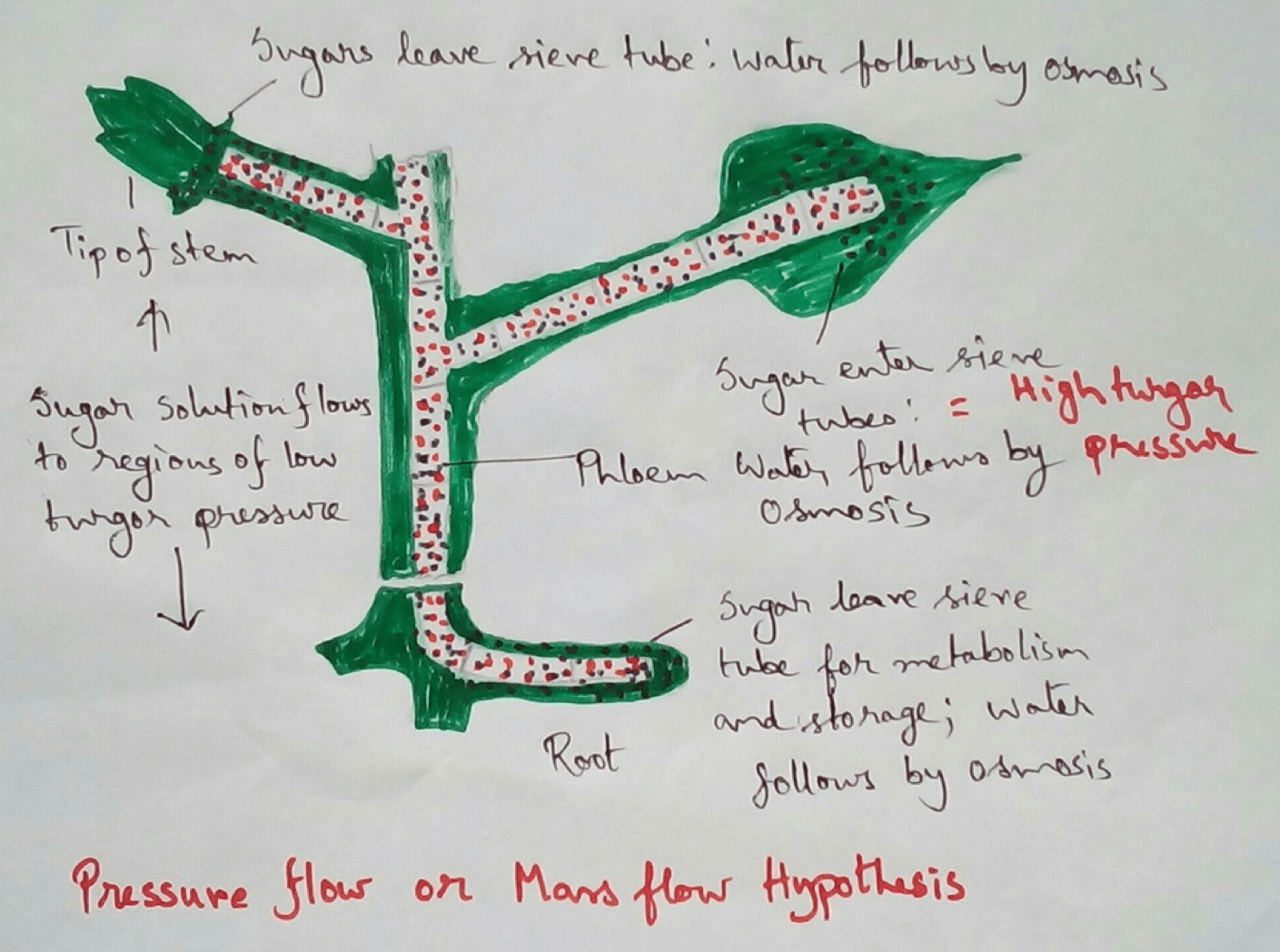






New! Comments
Have your say about what you just read! Leave me a comment in the box below.